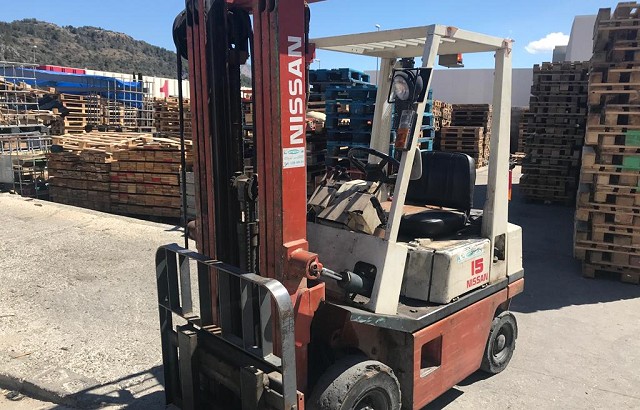The world of metal recycling
How much do we really know about the world of metal recycling? A competitive and established industry spanning the globe, it's a fairly complex topic. However, there are a wealth of statistics worth highlighting, especially to show the great value that metal recycling as a whole brings to the world.
The positive contribution of metal recycling in Spain should not be underestimated! The sector is a significant net contributor to Spain's trade balance, helping to save large amounts of energy, protect the environment, and support a workforce of at least 10,000 workers. It's estimated that around 10 million tons of scrap metal are recycled in Spain each year.
Read on to discover some of our favorite insights into the impact of metal recycling in Europe and around the world. For ease of reading, the data and statistics are broken down by metal type.
ALUMINUM
Aluminum is one of the most cost-effective metals to recycle, offering significant energy savings compared to manufacturing from scratch. Like most metals, aluminum can be recycled endlessly without losing any of its beneficial properties. As a result, recycled aluminum is used in a wide range of applications, including construction, vehicle manufacturing, electronics, and more.
It is estimated that 75% of all aluminum ever manufactured remains in circulation today.
Recycling aluminum uses 95% less energy than when produced using raw materials.
Recycling one ton of aluminum saves eight tons of raw bauxite and nine tons of CO2 emissions.
Recycling a single aluminum can saves enough energy to power a 100-watt light bulb for up to four hours.
One aluminum can could be recycled eight times in one year, saving enough energy to produce 160 new cans.
COPPER
Like many other metals, copper can also be recycled endlessly, without loss of performance. Premium scrap copper has about 95% of its value compared to the original primary metal, gaining a popular reputation for its substantial recycling value. With global demand increasing by 250% since 1960, you'll find recycled copper used in a wide variety of places. This includes building materials such as roofing and siding, transportation such as trains and cars, and also makes its way into coins, kitchen utensils, sculptures, and musical instruments. However, due to its conductive properties, the vast majority (65%) is used in electrical applications.
Recycling copper saves a significant amount of energy: up to 85% compared to manufacturing the metal from scratch.
An estimated 80% of all copper mined from the earth is still in use today.
Using copper scrap reduces global CO2 emissions by approximately 65%.
Approximately 42% of the copper used in Europe comes from recycled sources.
ZINC
Zinc is the fourth most widely used metal in industry (after iron, aluminum, and copper). It is easily recyclable and is most often used as part of vital alloys such as brass, with 50% of its end use in galvanizing processes. The average car, for example, contains up to 10 kg of zinc in its galvanized parts. When the car is scrapped, these zinc-containing panels can be fully recycled and converted into parts of equal quality. Zinc and its compounds are also prevalent in products such as batteries, paints, sunscreen, and more.
Zinc production through recycling uses 76% less energy than through primary extraction processes.
Over 90% of global zinc production comes from mixed ores containing other valuable metals such as lead and copper.
Between 30% and 40% of the global zinc supply comes from old scrap (1.4 million tons) and new scrap/waste (1.5 million tons).
Nearly 70% of zinc in end-of-life products is recycled.
Brass and bronze production accounts for 17% of zinc end-use.
STEEL
Steel is perhaps the most recycled metal in the world, including in the UK. This is no surprise when you learn that cans are 99% steel (originally known as “tinned” cans). Consider, too, that approximately 70% of a car's weight comes from the steel in its body. The scrap recycling process, whereby a magnet separates steel elements from plastic and non-ferrous metals on a rolling conveyor belt, recovers tons of steel in the UK each year. This process also contributes to significant conservation of fossil fuels, energy, and greenhouse gases.
